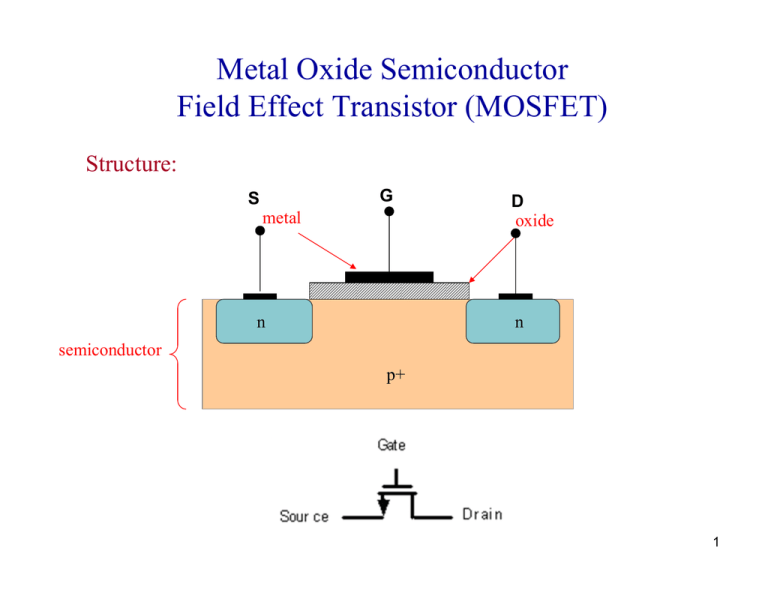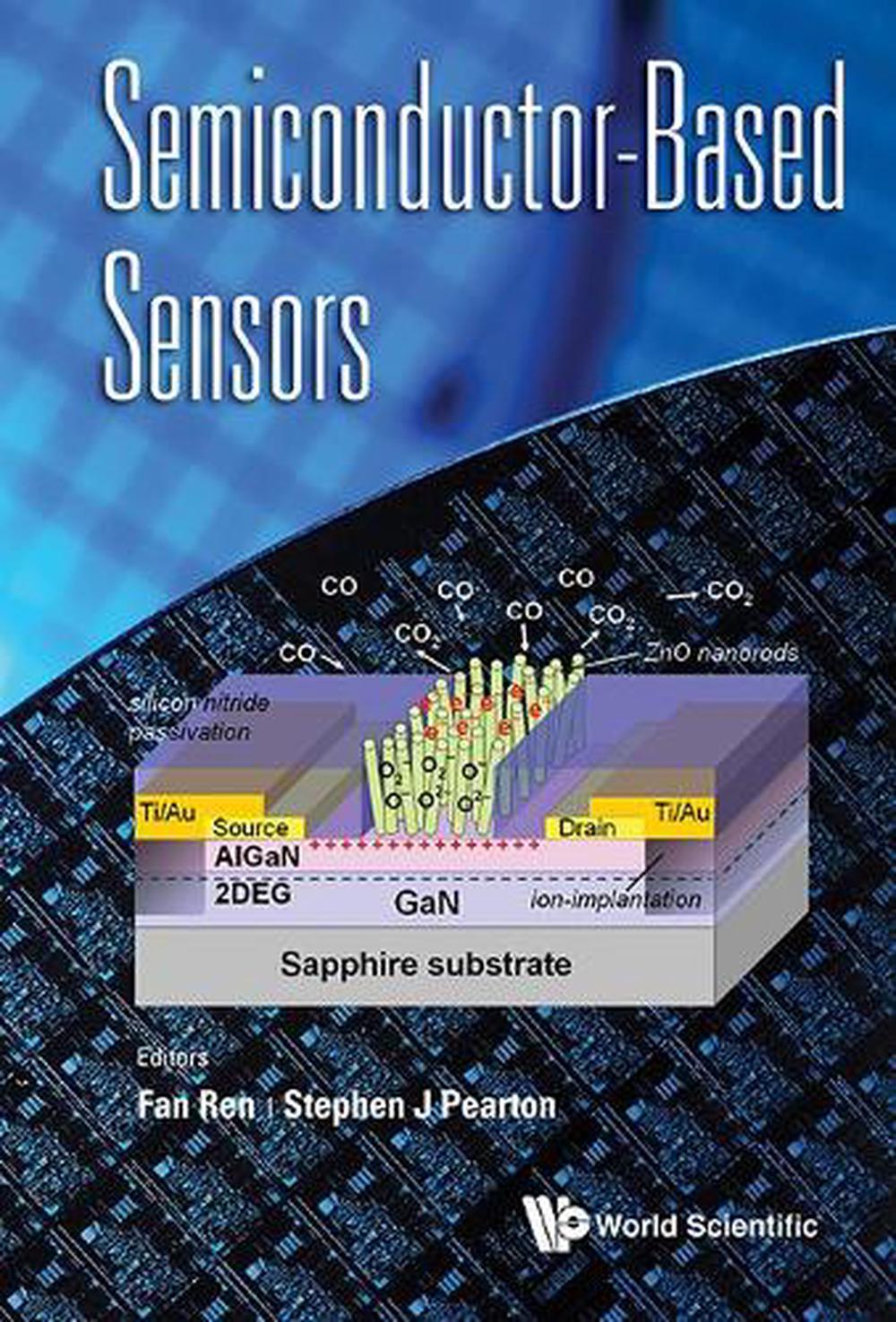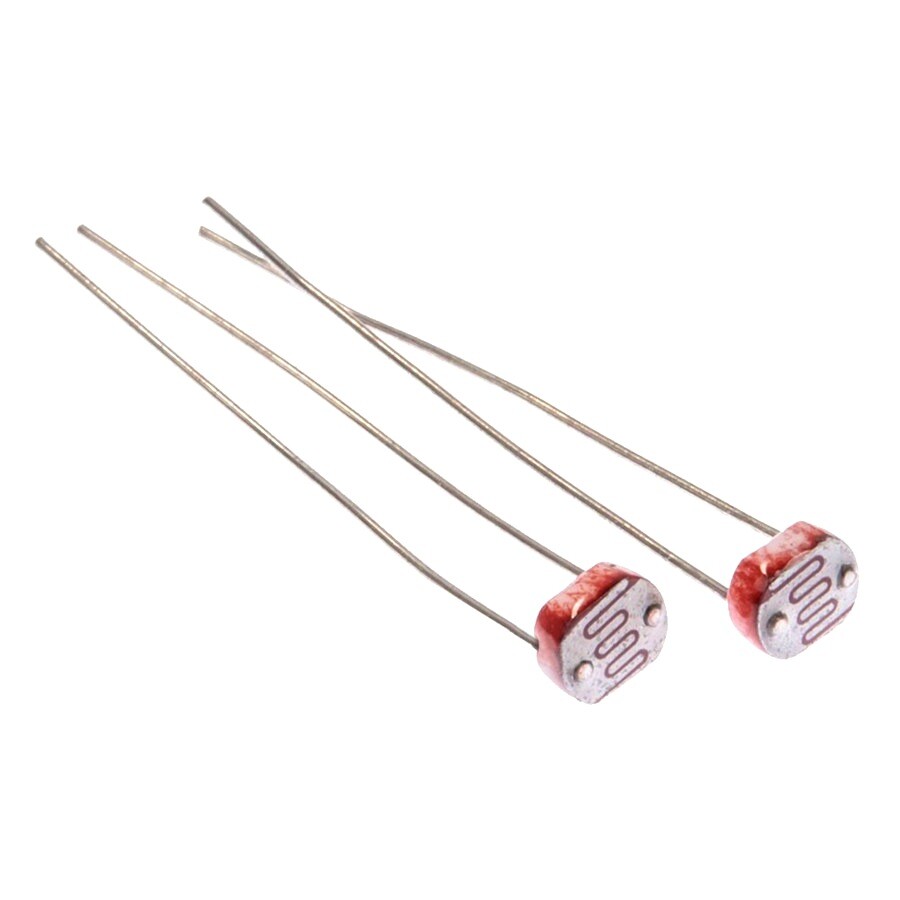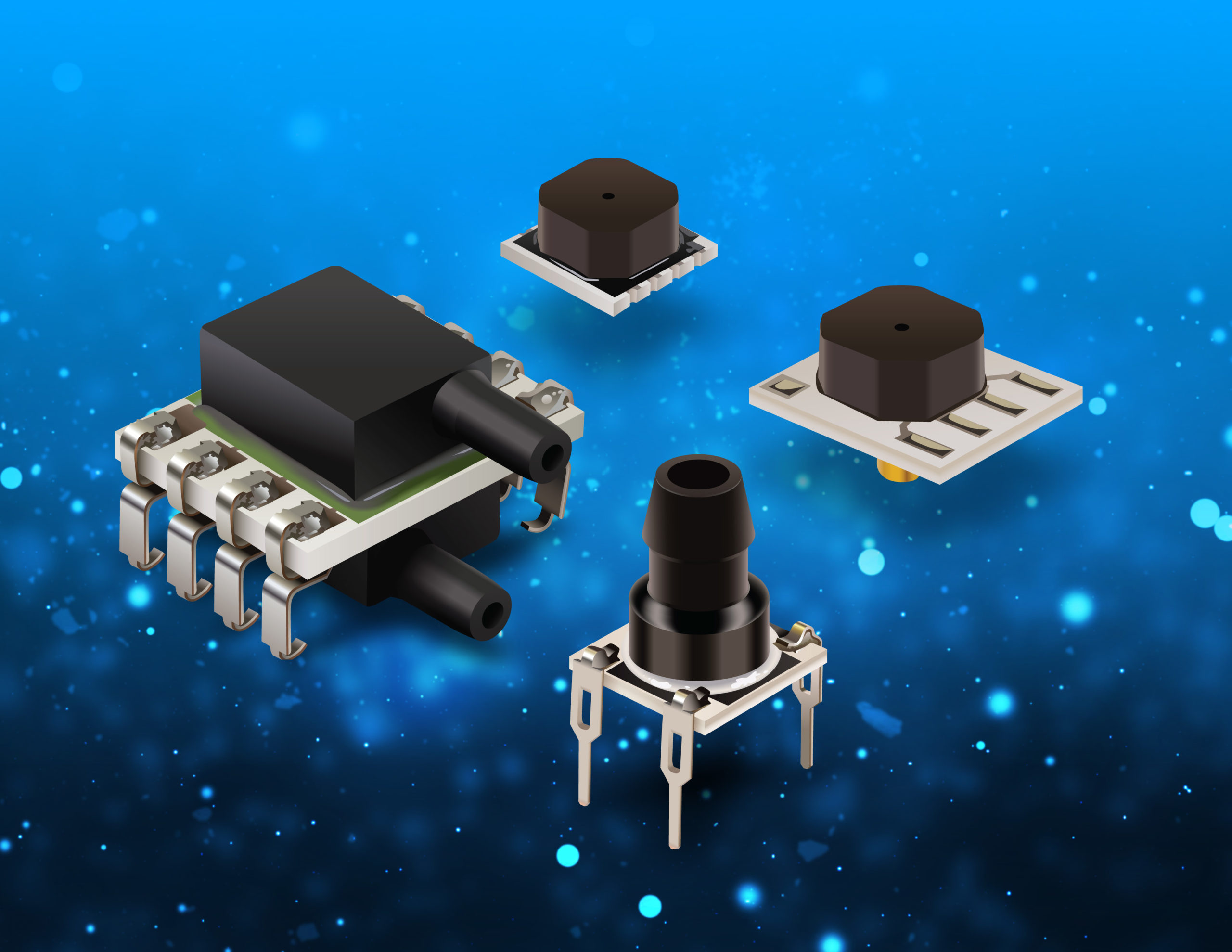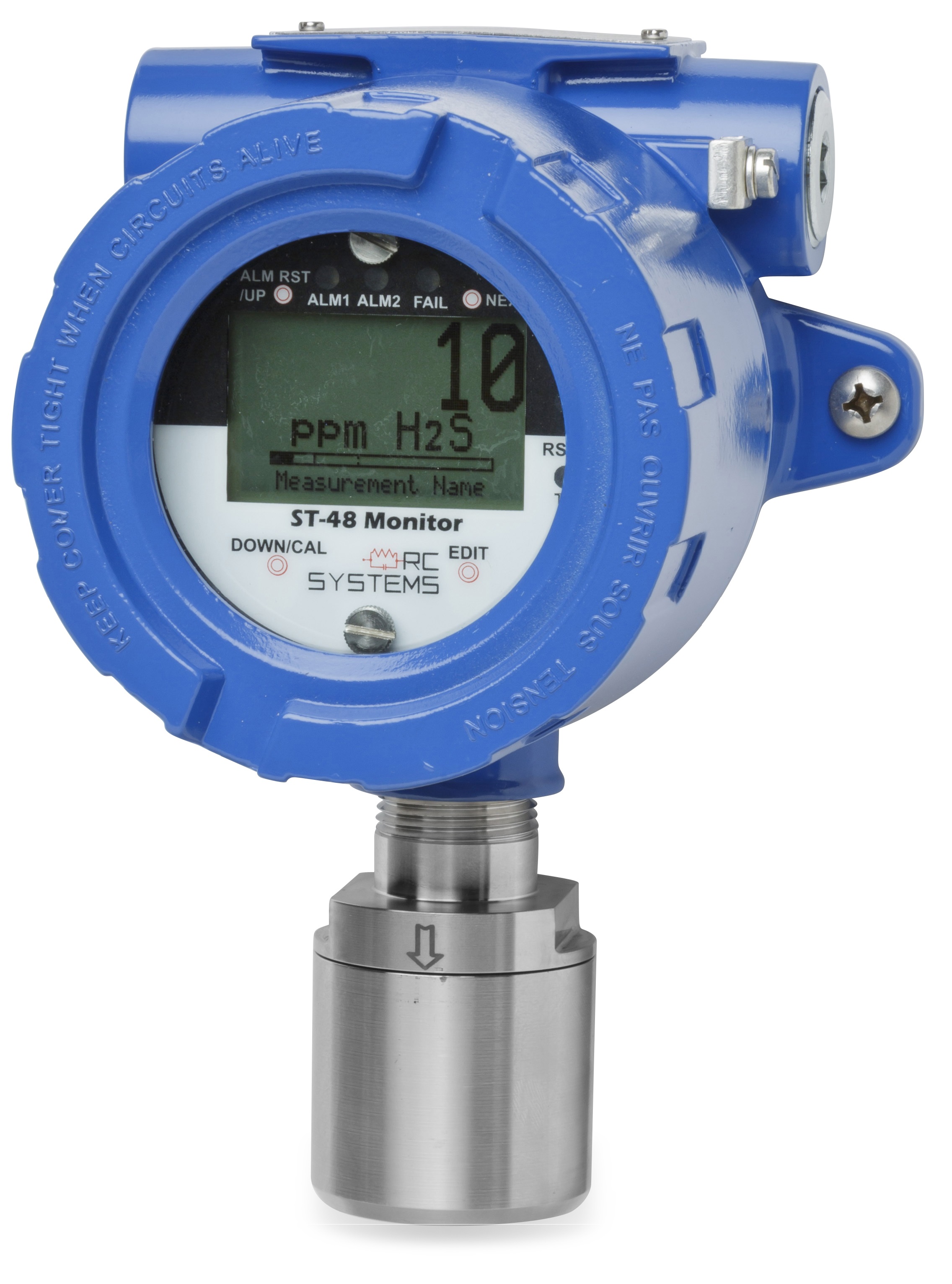Sensors Based On Semiconductors And Based On Mosfet Presentation
| Introduction to Sensors Based on Semiconductors and MOSFETs | ||
|---|---|---|
| Sensors based on semiconductors and MOSFET technology have revolutionized the field of sensing. These sensors utilize the unique properties of semiconductors and MOSFETs to detect and measure various physical and chemical parameters. They offer high sensitivity, accuracy, and reliability, making them ideal for a wide range of applications. | ||
| 1 | ||
| Semiconductor Sensors | ||
|---|---|---|
| Semiconductor sensors are based on the principle of varying electrical properties of semiconductors with changes in the surrounding environment. They can measure parameters such as temperature, pressure, humidity, gas concentration, and light intensity. Common examples include thermistors, photoresistors, and humidity sensors. | ||
| 2 | ||
| Thermistors | ||
|---|---|---|
| Thermistors are temperature-sensitive resistors made from semiconductor materials like metal oxides or polymers. They exhibit a significant change in resistance with temperature, allowing accurate temperature measurements. Thermistors are widely used in applications like temperature control systems, automotive engines, and medical devices. | ||
| 3 | ||
| Photoresistors | ||
|---|---|---|
| Photoresistors, also known as light-dependent resistors (LDRs), change their resistance according to the intensity of incident light. They are commonly used in light and dark detection circuits, streetlights, cameras, and solar panels. Photoresistors offer a simple and cost-effective solution for light sensing applications. | ||
| 4 | ||
| Humidity Sensors | ||
|---|---|---|
| Humidity sensors based on semiconductor materials measure the moisture content in the surrounding environment. These sensors can be used in weather stations, HVAC systems, industrial processes, and agriculture. Semiconductor humidity sensors provide accurate and real-time humidity measurements, enabling precise control of moisture levels. | ||
| 5 | ||
| MOSFET Sensors | ||
|---|---|---|
| MOSFET (Metal-Oxide-Semiconductor Field-Effect Transistor) sensors utilize the electrical properties of MOSFETs to detect changes in physical or chemical parameters. MOSFET sensors are highly sensitive and can measure parameters like pressure, gas concentration, and biological signals. They find applications in medical devices, automotive systems, environmental monitoring, and industrial automation. | ||
| 6 | ||
| Pressure Sensors | ||
|---|---|---|
| Pressure sensors based on MOSFET technology measure the pressure exerted on the sensor element and convert it into an electrical signal. They are widely used in automotive tire pressure monitoring systems, industrial control systems, and medical equipment. MOSFET pressure sensors offer high accuracy, reliability, and stability in pressure measurements. | ||
| 7 | ||
| Gas Sensors | ||
|---|---|---|
| MOSFET gas sensors detect and measure the concentration of gases in the environment. They are used in gas leak detection systems, air quality monitoring, and industrial safety systems. MOSFET gas sensors provide fast response times, high sensitivity, and selectivity to specific gases. | ||
| 8 | ||
| Biosensors | ||
|---|---|---|
| MOSFET biosensors are used for detecting and measuring biological signals such as pH, glucose levels, and DNA sequences. They are essential in medical diagnostics, biotechnology research, and drug discovery. MOSFET biosensors offer real-time and label-free detection, enabling rapid and accurate analysis of biological samples. | ||
| 9 | ||
| Conclusion | ||
|---|---|---|
| Sensors based on semiconductors and MOSFET technology have revolutionized the field of sensing. They provide high sensitivity, accuracy, and reliability for measuring various physical and chemical parameters. With continuous advancements, these sensors will continue to play a crucial role in diverse applications, from consumer electronics to healthcare and beyond. | ||
| 10 | ||
